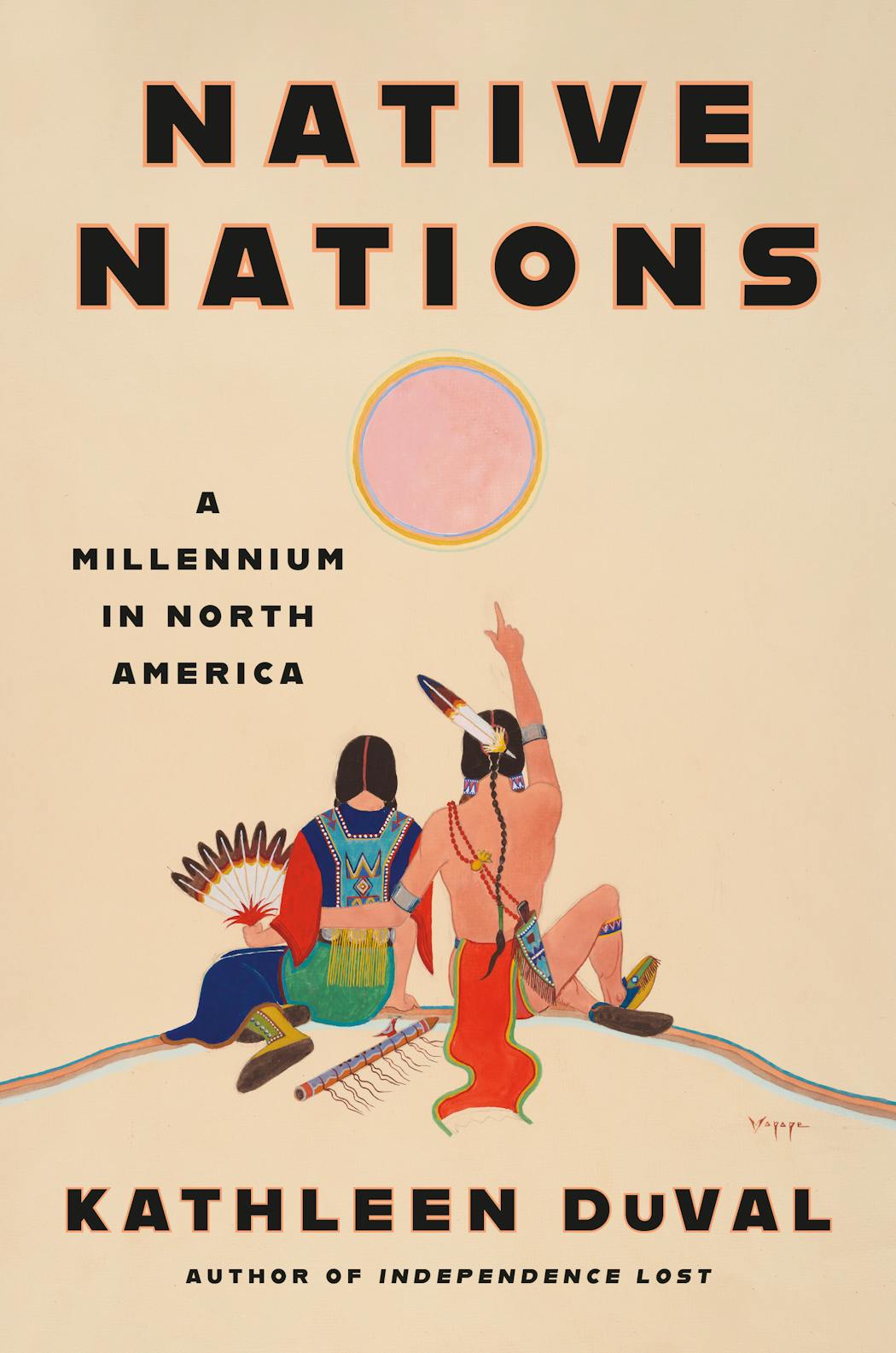The past isn't even past, to paraphrase William Faulkner. In that spirit, a cadre of contemporary scholars and writers have recast, with heroic urgency, the history of North American peoples prior to European encounter and the horrors inflicted on subsequent generations. Kathleen DuVal's prodigious "Native Nations" expands our understanding as she plaits myriad strands into a gorgeous, readable narrative.
A white professor at the University of North Carolina, DuVal opens before the collapse of the great urban centers, Cahokia and Moundsville, paving the way for nimble, decentralized societies amid diverse landscapes: moss-glazed Appalachian hollows, fragrant prairies and rugged deserts.
As Spanish, Dutch, French and British colonists struggled to put down roots, local tribes mostly avoided them, preoccupied with their own blood feuds and fitful alliances. But they were also budding entrepreneurs: They sought advantage among outposts such as Jamestown, New Amsterdam and Quebec, enriching themselves through barter and luring Europeans into their conflicts.
DuVal teases out the loops of influence immediately following these encounters. The Mohawks "came to Fort Orange [now Albany, New York] for the guns, but they stayed for the cake," she notes wryly. "When they visited Fort Orange and Rensselaerswijck, they sampled Dutch cakes, cookies and bread and took some home... To the frustration of many colonists, Mohawks' proceeds from the fur trade allowed them to pay high prices. The Dutch colonists who introduced white bread and cakes to the region soon could not afford them."
"Native Nations" is in conversation with Ned Blackhawk's "The Rediscovery of America," which won last year's National Book Award in nonfiction: They traverse much of the same ground but complement each other.
Blackhawk commences in 1492 while DuVal draws on previous epochs. His is academic in tone, hers intimate yet comprehensive. She weaves, basket-like, a wealth of research with an empathic feel for quotidian life: Women tended fields and men hunted and waged war, a cosmological balance the O'odham people called "himdag." Indeed, these societies were more equitable than the colonial upstarts.
The Haudenosaunee (Iroquois) Confederacy had tremendous flexibility in choosing leaders, with matriarchs often at the helm. The Quapaw (Arkansas) tribes, sandwiched between hostile neighbors, mastered the art of diplomacy. Similar to Blackhawk, DuVal sifts through brutal battles and betrayals to showcase Native agency, the power to self-determination and legal rights despite massive thefts.
In its second half, the book takes a sharp turn as our young republic flexed its brawn, pushing for theft of Indigenous lands. Even a nation as sophisticated and savvy as the Cherokee was no match for Washington's zero-sum game.
DuVal brilliantly connects the Trail of Tears with slavery and Jim Crow, a form of white supremacy dominant in the 19th and early 20th centuries. Where governments stumbled, cowboy mercenaries stepped in: "Individual ownership would make it easier for white people to chip away at Native land by buying small parcels from individuals rather than dealing with governments."
No single volume can adequately depict the gamut of Indigenous cultures, but DuVal's comes close, shading in erasures and lending color and nuance to textbook jargon. "Native Nations" belongs on the same shelf as Blackhawk's magisterial work and Charles Mann's "1491."
Hamilton Cain, who reviews for the New York Times Book Review, Washington Post and Boston Globe, lives in Brooklyn, New York.
Native Nations: A Millennium in North America
By: Kathleen DuVal.
Publisher: Random House, 562 pages, $38.


